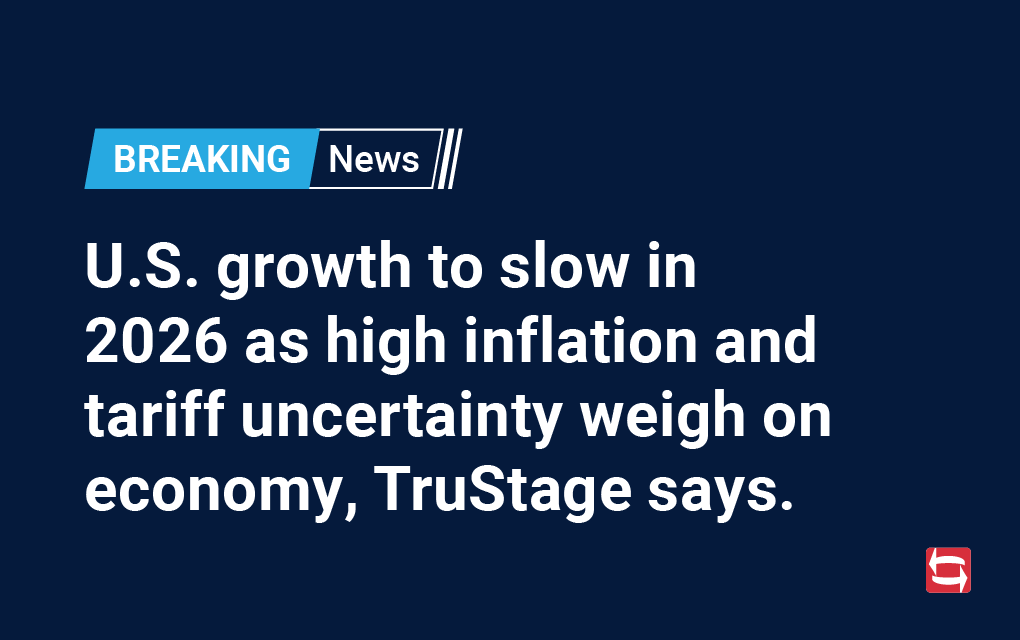
Report: credit union credit quality hits 11-year low in 2024
Most of the largest credit unions in the U.S. reported an increase in problem assets last year, an S&P Global study found.
An early look at comprehensive U.S. credit union industry data for 2024 reveals some less-than-favorable trends.
S&P Global Market Intelligence, which tracks the industry through call reports, reported that delinquent loan and charge-off ratios reached their highest levels since 2013 last year.
Loans delinquent for at least 60 days as a portion of total loans and leases rose to 0.97% at year end compared to 0.83% at the end of 2023. That marked the highest level that metric has reached since it hit 1.01% at the end of 2013.
The National Credit Union Administration also compiles and distributes comprehensive industry data, but the final 2024 data has not yet been published.
The S&P analysis also found that net charge-offs as a percentage of average loans hit a 13-year high in 2024 at 0.80%. That figure sat at 0.61% a year earlier. Credit cards and used vehicle loans were the primary culprit, the firm found.
Speaking of vehicle loans, balances for new cars were down $11.1 billion, or 6.3%, on a year-over-year basis. Used vehicle loans performed somewhat better last year, although balances declined $5.8 billion, or nearly 2%.
“We experienced anemic loan performance along with rising default rates. Credit card and auto loan delinquencies remain especially elevated,” said NCUA Chairman Todd Harper at the end of the third quarter. “The NCUA, therefore, continues to urge credit unions to carefully manage their credit risks in this time of growing financial stress among members.”
In terms of credit union balance sheets, S&P found that industry assets grew in 2024 but at a slower pace than in previous years.
Total assets grew by 2.3% last year to $2.3 trillion. But in the prior year, assets grew by 4%, and they rose by double digits in both 2020 and 2021.
Additionally, loan growth for credit unions slowed to 2.6% in 2024 from 6.4% in 2023 and a whopping 20% in 2022.
On the bright side, shares and deposits were up 4% last year after a 1.7% increase in 2023 and 3.4% growth in 2022.
On a company-specific basis, there was a change in the top-three ranking of credit unions by assets.
SchoolsFirst Federal Credit Union in California surpassed Pentagon Federal Credit Union at year’s end with $31.9 billion of assets compared to $31.1 billion for PenFed. Navy Federal at $180.8 billion and State Employees Credit Union in North Carolina at nearly $53 billion retained the top two spots.
Navy Federal grew its membership by 7% year over year. The world’s largest credit union boasted 14,266,170 members at the end of 2024 compared to 13,342,112 a year earlier.
According to the call reports, Vienna, Virginia-based Navy Federal grew its total assets during the past year by 6%.








